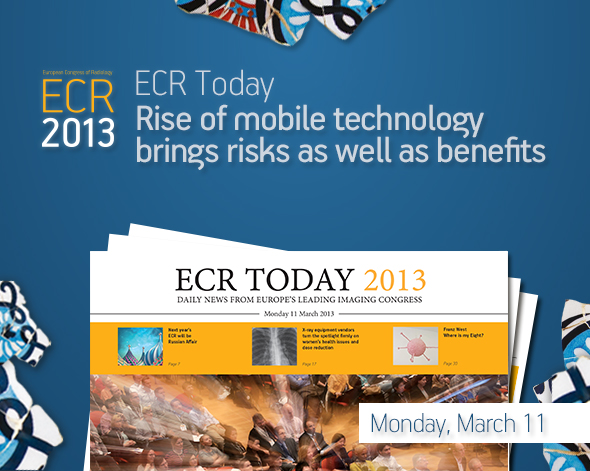ECR 2013 Rec: Clinical aspects of computer aided detection and diagnosis in DBT #A508 #SF15b
A-508 Clinical aspects of computer aided detection and diagnosis in DBT
H.-P. Chan | Sunday, March 10, 16:00 – 17:30 / Room F2
Digital breast tomosynthesis (DBT) can potentially increase the sensitivity and reduce recall rate in breast cancer screening. However, the chance of oversight may not be negligible because of the very large search space (~50-80 slices per view) and the increased workload and possibly fatigue to the radiologists. CAD has been shown to reduce radiologists’ false negatives in screening mammography. It can be expected that CAD may be useful for DBT interpretation. DBT in clinical use is still at an early stage. Although the impact of CAD on DBT interpretation has not been reported, some important issues associated with CAD use can be expected based on the experiences in screening mammography. In this talk, the potential usefulness of CAD in DBT and the issues as observed from the reported prospective studies of CAD use in the clinic will be discussed, including the potential impact of off-label use (i.e., CAD systems approved as second reader used as concurrent or first reader), user training, and quality assurance of CAD performance. Because of the increased reading time for DBT, there will be an even stronger tendency that radiologists may want to use CAD as a concurrent or even first reader to improve workflow. To have a CAD system for such intended use, much more stringent requirements for the standalone performance of the CAD system and properly designed studies to evaluate its impact as a concurrent or first reader should be required before the CAD system can be approved for clinical use with DBT.


